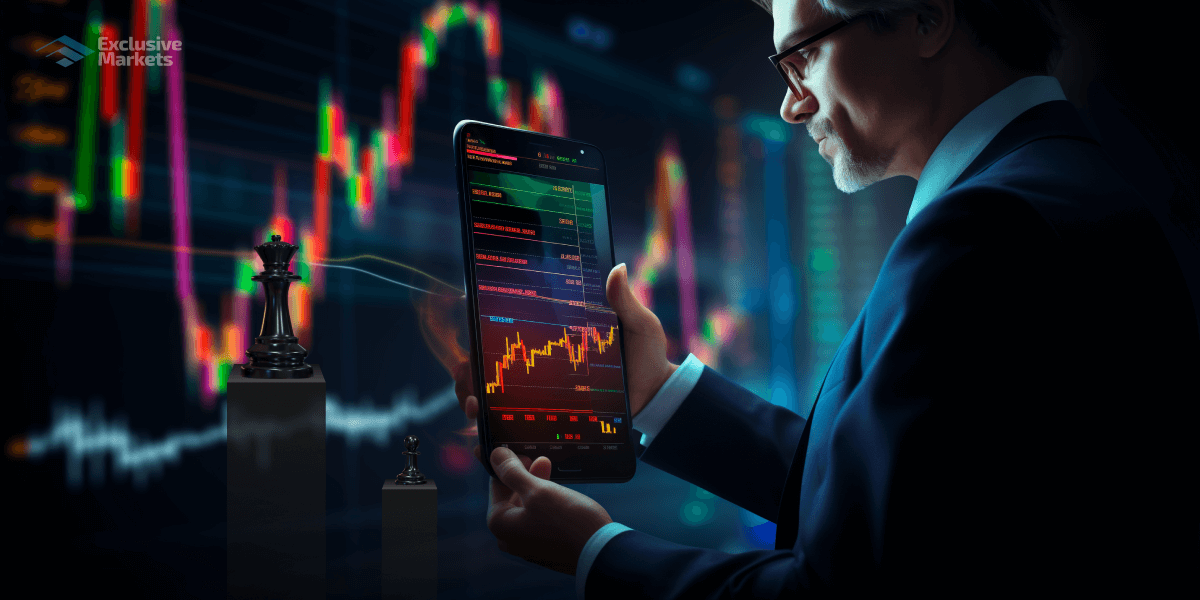Mastering Forex Trading with a Demo Account 1759969907

Mastering Forex Trading with a Demo Account
In the world of trading, especially forex trading, the journey to becoming a successful trader can often feel overwhelming. Aspiring traders face various challenges, from understanding complex terminologies to navigating a bustling market environment. Fortunately, one of the most effective methods to build your trading skills is through the use of a forex trading demo brokerdirect.org demo account. This article will guide you through the benefits of using a demo account, strategies you can implement, and tips for transitioning to live trading.
What is a Forex Trading Demo Account?
A forex trading demo account is a simulated trading platform that allows traders to practice their skills without risking real money. Often provided by forex brokers, these accounts mimic actual trading conditions, including price movements and market behaviors. Traders can execute trades, develop strategies, and familiarize themselves with various tools in a risk-free environment.
Benefits of Using a Demo Account
1. **Risk-Free Environment**: One of the most significant advantages of a demo account is that it allows traders to practice without any financial risk. This safety net encourages experimentation and learning from mistakes without the fear of losing real money.
2. **Skill Development**: Aspiring traders can develop their trading skills by familiarizing themselves with technical analysis, charting tools, and various trading strategies. This hands-on experience is invaluable when transitioning to live trading.
3. **Understanding Market Dynamics**: A demo account provides insight into how markets operate. Traders can observe price movements, volume changes, and the impact of news on currency pairs, which is crucial for making informed trading decisions.
4. **Testing Strategies**: Traders can test different trading strategies using a demo account. Whether you prefer scalping, day trading, or swing trading, a demo account allows you to refine your approach based on real market fluctuations.
5. **Enhanced Confidence**: A demo account builds confidence. As traders practice and start to see successful trades, their emotional responses to trading become more manageable. This is essential for maintaining a disciplined approach when transitioning to a live account.
How to Get Started with a Forex Trading Demo Account
Starting with a forex trading demo account is relatively straightforward. Here’s a step-by-step guide:
- Choose a Reliable Broker: Research and select a reputable forex broker that offers a demo account. Ensure that they provide a platform that matches your trading needs.
- Create Your Account: Sign up for a demo account. Most brokers require basic personal information and some will verify your identity.
- Download the Trading Platform: If necessary, download the broker’s trading platform. Many brokers offer a web-based platform for ease of access.
- Explore the Platform: Familiarize yourself with the broker’s trading interface. Understand where to find charts, indicators, and different trading tools.
- Start Trading: Begin placing trades in your demo account. Practice executing different types of orders, setting stop losses, and using take-profit levels.
Effective Strategies to Implement
While using a demo account, there are several strategies to consider that can help you become a more effective trader:

1.** Develop a Trading Plan**
Creating a well-defined trading plan is crucial for successful trading. Outline your trading goals, risk tolerance, and the types of analysis you will employ (technical vs. fundamental). Stick to this plan while trading in your demo account.
2. **Implement Risk Management**
Understanding and applying risk management strategies will protect you from significant losses. Set a maximum loss per trade (often 1-2% of your total account) and use stop-loss orders to limit potential losses.
3. **Practice with Different Currency Pairs**
Experiment with various currency pairs to determine which ones suit your trading style. Some traders may prefer volatile pairs, while others thrive in more stable markets.
4. **Use Technical and Fundamental Analysis**
Familiarize yourself with the principles of both technical and fundamental analysis. Technical analysis involves studying price charts and patterns, while fundamental analysis focuses on economic indicators and news events that affect currency values.
Transitioning from Demo to Live Trading
Once you feel confident in your trading abilities and have honed a strategy that works in a demo account, it’s time to transition to live trading. Here are some tips to make this transition smoother:
- Start Small: When moving to a live account, begin with a small investment. This minimizes risk as you adjust to trading with real money.
- Stick to Your Trading Plan: It may be tempting to deviate from your strategies under the pressure of real trading. Maintain your discipline and adhere to your trading plan.
- Keep Emotions in Check: Trading with real money can cause emotional reactions like fear or greed. Stay calm and focused, and remember that you are still learning.
- Mercilessly Analyze Your Trades: Review both winning and losing trades. Understanding what worked and what didn’t is crucial for ongoing improvement.
Conclusion
A forex trading demo account is an invaluable tool for anyone looking to venture into the world of trading. By practicing in a risk-free environment, you can develop your skills, test strategies, and build confidence without the fear of financial loss. When you finally transition to live trading, remember the importance of a well-formed trading plan and the management of emotions. With diligence and practice, you can navigate the forex markets and work towards achieving your trading goals.
